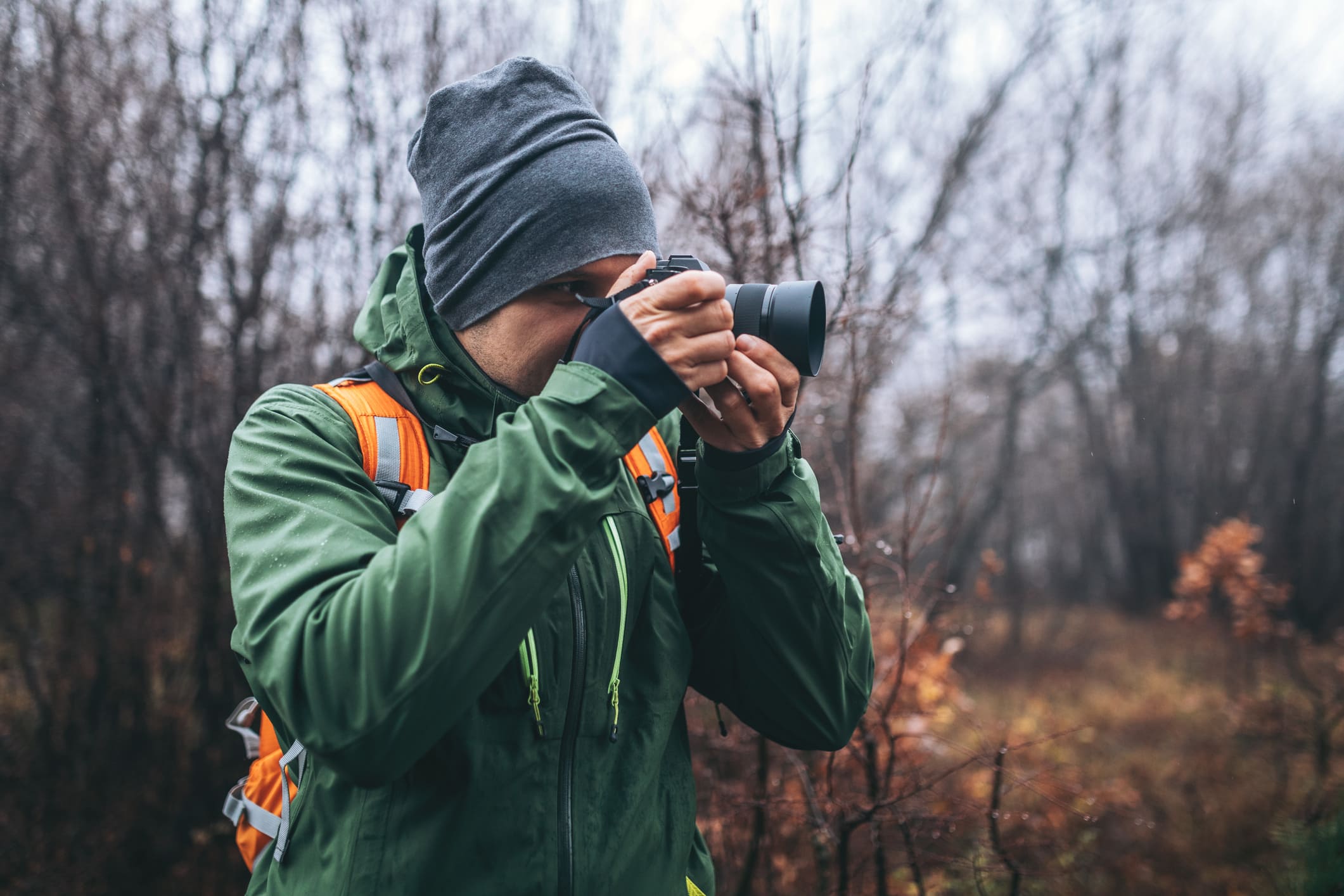
If you've ever taken photos in the rain, the wind, or the snow, you know how difficult it can be to protect your camera gear.
Likewise, if you've worked in crowded spaces (like an outdoor wedding) or spent the day scrambling up and down rocky trails, you understand the worry of having your expensive gear protected from potential accidents.
There are many dangers out there for your gear, but that doesn't mean you can't take measures to keep your pricey investments from getting damaged.
In this quick guide, I offer up a few tips for how you can do just that.
Invest in a Good Camera Bag
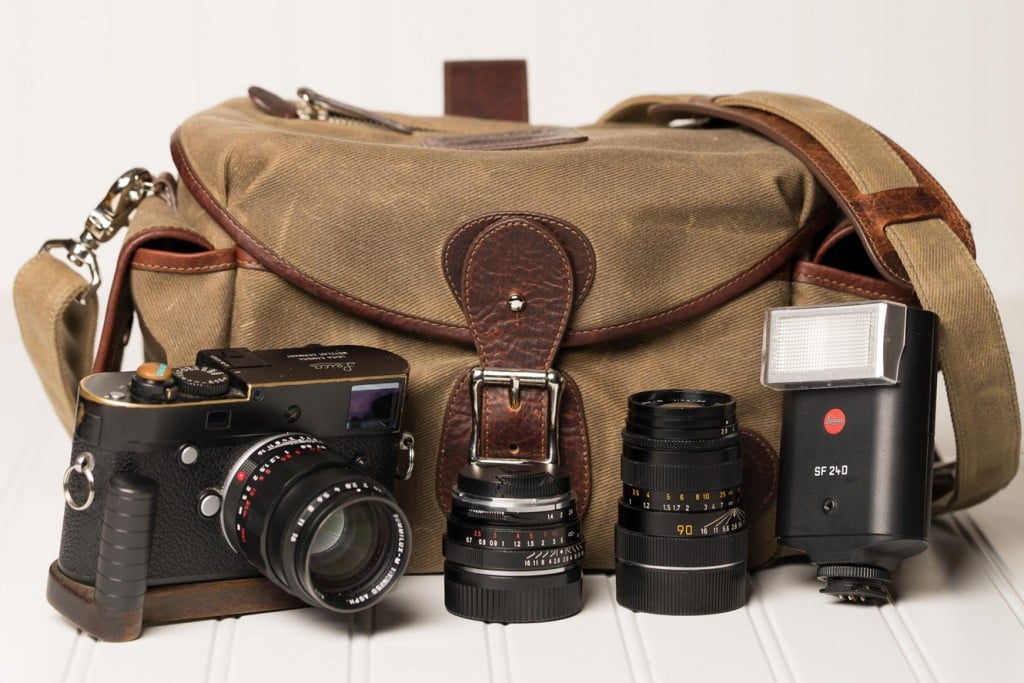
It never ceases to amaze me that someone will drop several thousand dollars on a great camera and a couple of lenses, and then carry them around in a cheap, flimsy bag.
A great way to ruin your gear is by having it clanking around in the bottom of your old, ratty backpack!
If you want the most camera protection and lens protection when you're on outdoor shoots, it's imperative that you invest in a dedicated camera bag that was designed from scratch to protect its contents.
That means getting a bag that has compartments for your camera, lenses, and other accessories, like the one shown above and below.
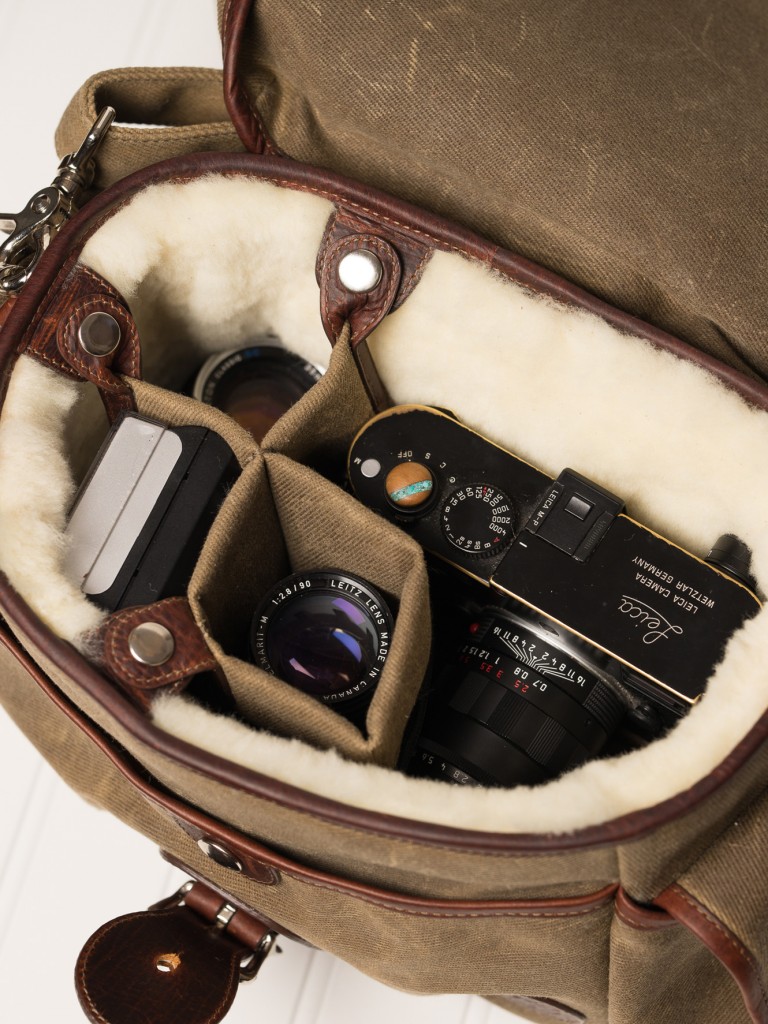
That also means having a bag that's got padding and bumpers that protect your gear from the inevitable bump and bruise along the way.
But a good camera bag isn't just about compartmentalizing and padding your gear.
Instead, you want a bag that keeps the elements out, like the Holdfast Fundy Streetwise Bag.
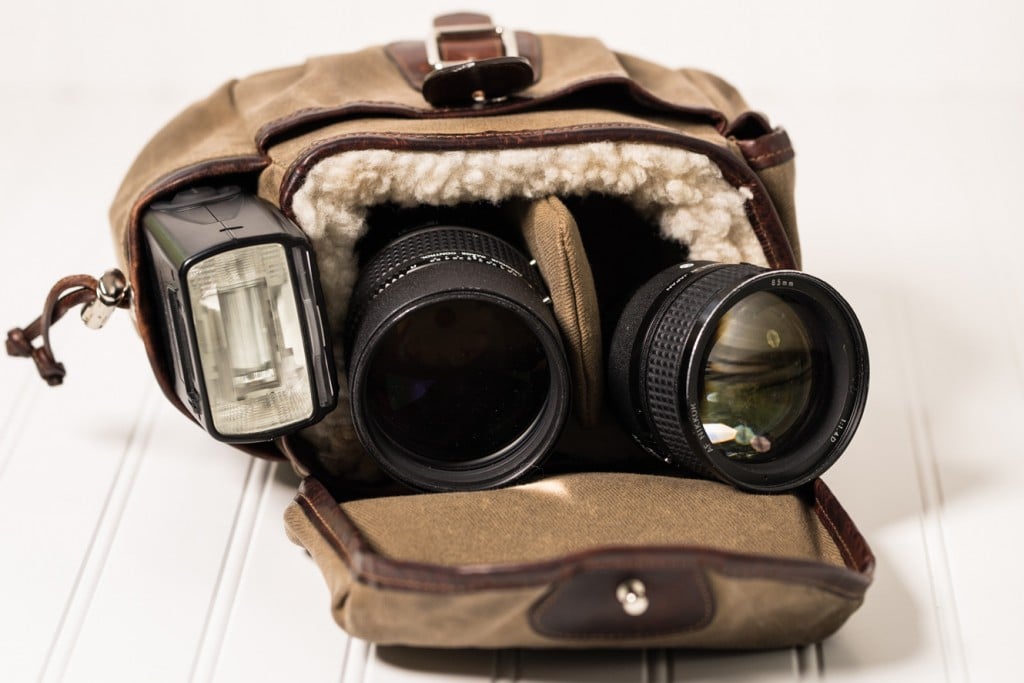
Not only does this thing have a weather-resistant waxed canvas exterior, but it also has a sheepskin-lined interior.
That sheepskin offers your gear the finest in organic padding while also being weather and flame resistant.
If two layers of weather protection doesn't keep your gear safe, I don't know what will!
If Your Gear Gets Wet, Let It Dry
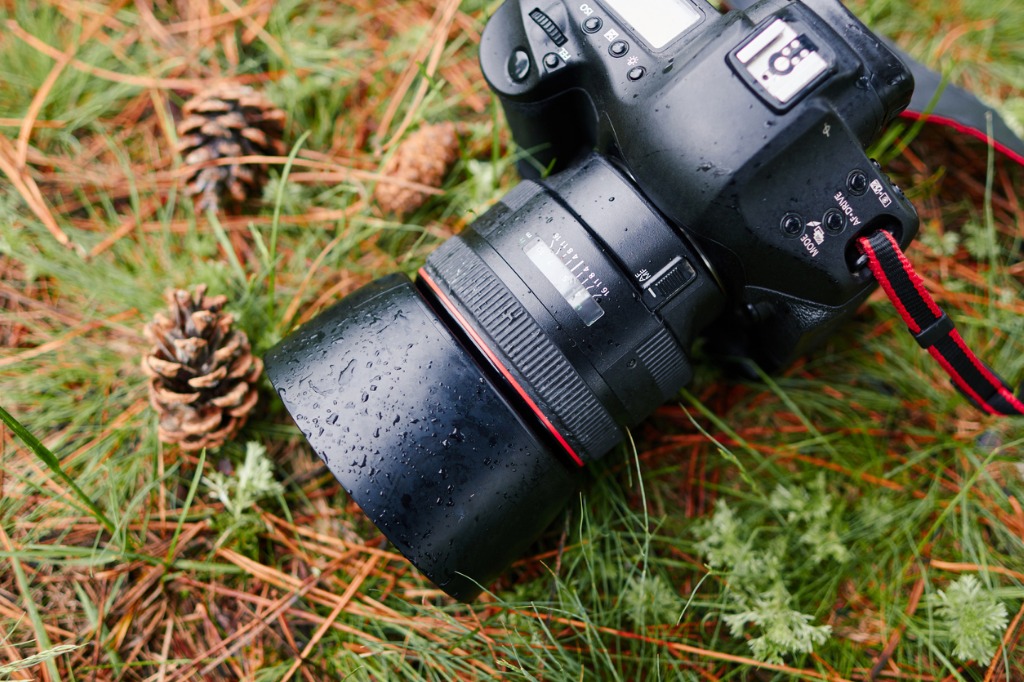
I've been out shooting on my fair share of wet days, and even though I have weather-sealed cameras, I never pack them up without them drying first.
Moisture is one of the worst things for camera gear, and the last thing you want to do is put your wet camera body and lenses in a bag and close the lid tightly. The humidity inside the bag will be ripe for creating problems with your camera's sensor, mirror, and your lenses.
So, before you pack up your gear, use a dry cloth to get them as dry as possible.
Also have some silica packs (those things that come with new shoes) to help suck any remaining moisture out of the bag.
Then, when you get home, pull everything out and let it dry even more.
If It's Cold Out, Don't Warm Up Your Camera
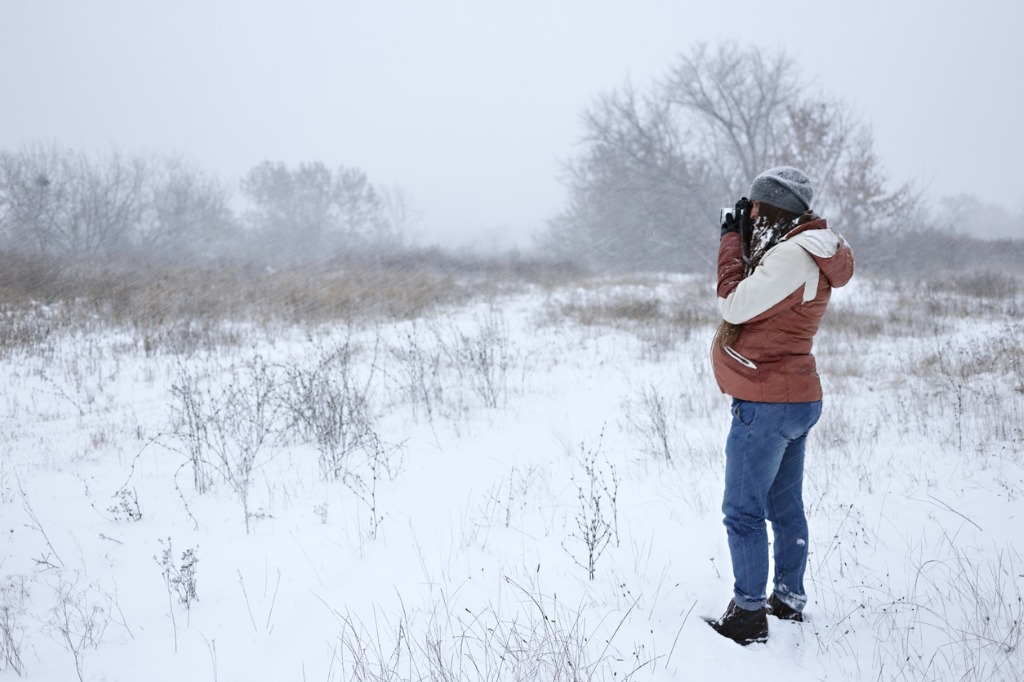
Another way that moisture can damage your camera is through condensation.
A primary means of condensation forming in your gear is when the camera or lens is room temperature and you head out for a photoshoot in the cold.
It can also happen when you bring a cold camera or lens inside to a warm environment without any time to acclimate.
That means that if you're shooting a wintery landscape, don't put your camera under your coat to warm it up. All that will do is make condensation more likely.
Likewise, when you wrap up your outdoor shoot in cold weather, don't just bring your camera in and set it next to the fire.
Instead, put your camera and lenses in air-tight bags, like Ziplocs, and let them acclimate to the interior temperature before you pull them out of the bags. The bags will prevent condensation from forming during that warm-up period.
Avoid Changing Lenses in the Wind
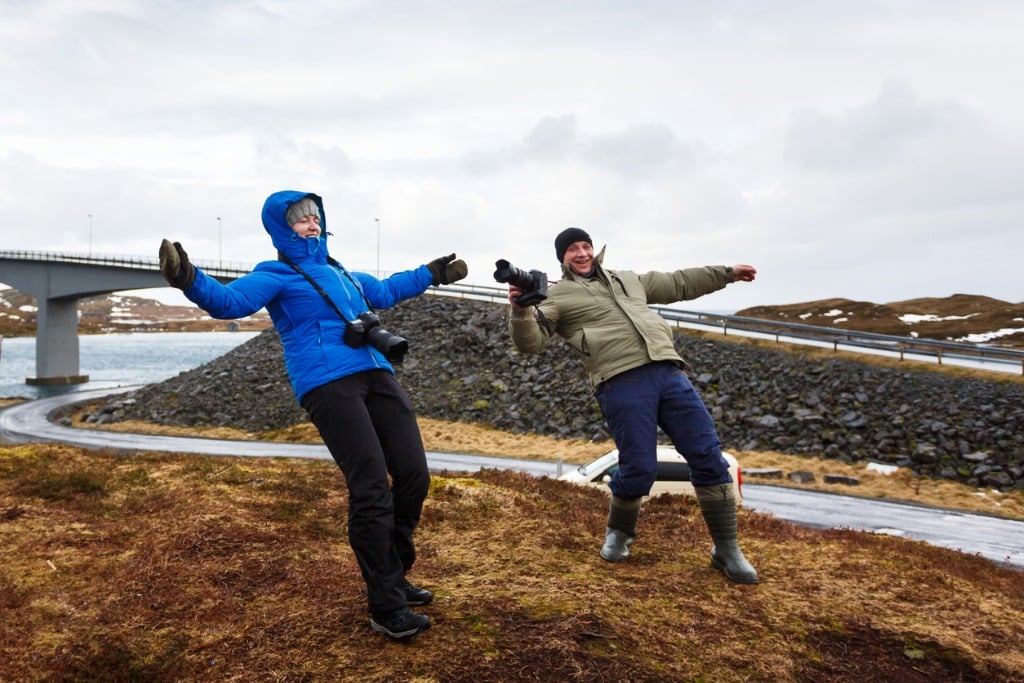
Another primary enemy of well-functioning photography gear is dust, dirt, and grit.
Though it's not possible to avoid those things finding their way onto your lens and into your camera, you can minimize the opportunities they have to do so.
One of the best things you can do to protect your gear when shooting outdoors is to avoid making lens changes, or at least minimize the number of lens changes you make.
Since the wind kicks up dust and dirt, that means there's even more particles in the air that can interfere with your gear, thus the reason why minimizing lens changes is a good plan.
If you absolutely have to swap lenses, find shelter of some kind - a tent, your car, or even a plastic trash bag - to minimize dust and dirt as much as possible.
These tips for camera and lens protection are all pretty basic common sense, but sometimes, that's precisely the kind of tips that have the most impact.
Article By:- Photographytalk.com
No comments:
Post a Comment